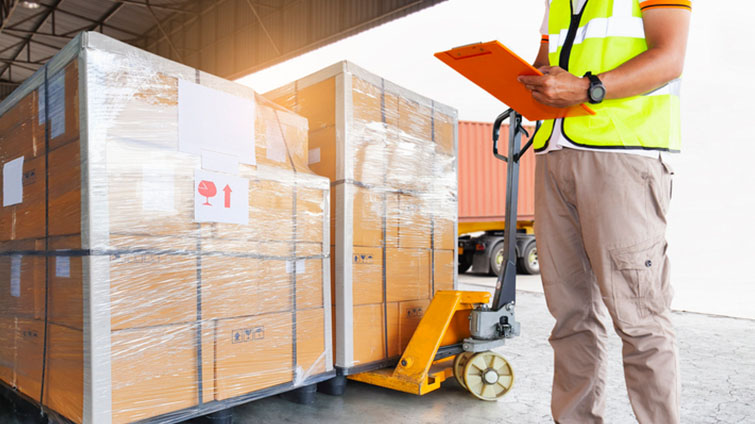More accurate classification is coming

While there is uncertainty in how the upcoming administration’s proposed tariffs will broadly affect the overall LTL market, the Federal Reserve is preparing to make fewer rate adjustments in 2025 to counteract any inflation that may arise from the tariffs.
Market favours mergers & acquisitions over new companies
While flat or higher interest rates may hinder new development for LTL carriers, building new terminals is already a significant challenge when it comes to finding and developing the right real estate for networks. With carrier merger and acquisition news already ramping up, anticipate carriers to expand their footprint through acquisition rather than from the ground up.
Some LTL carriers have already begun expansion efforts by acquiring terminals from Yellow’s bankruptcy. In December 2024, Estes and R&L announced their agreements to acquire a dozen leased and owned Yellow terminals, with Estes acquiring 939 doors across 9 states and R&L acquiring one 304-door facility in New York.
After the third real estate auction of Yellow’s leased and owned terminals, the total number of terminals sold rose to over 160. A fourth real estate auction scheduled for January 2025 will encompass the dozens of remaining terminals.
Each of the acquired terminals has differing schedules for returning to service, which will be important to track in 2025 compared to the amount of tonnage in the LTL system, which could ultimately affect the pricing environment over the course of the year.
Focus on internal controls
Despite a challenging freight market, LTL carriers are navigating current market conditions by focusing on internal controls, such as managing operating costs and pricing freight effectively. This approach is set to continue, with carriers announcing general rate increases in the mid-single digits. However, there may also be strategic pricing adjustments aimed at attracting new volume into networks in specific lanes with excess capacity.
Freight classification changes
In 2025, the National Motor Freight Traffic Association (NMFTA) is set to overhaul its freight classification system, specifically for commodities where density is the primary freight characteristic. These changes will standardise the classification process for density-based items and bring cost efficiency, as a wider class system will result in more accurate freight pricing.
Make sure that you review freight characteristics for affected commodities and ensure pricing programmes, especially those with freight all kind (FAK) exemptions, are addressed to account for any changes. Keep in touch to your C.H. Robinson representative to actively assess the impact of these changes. Review full details on the NMFTA website.